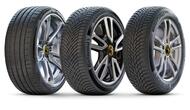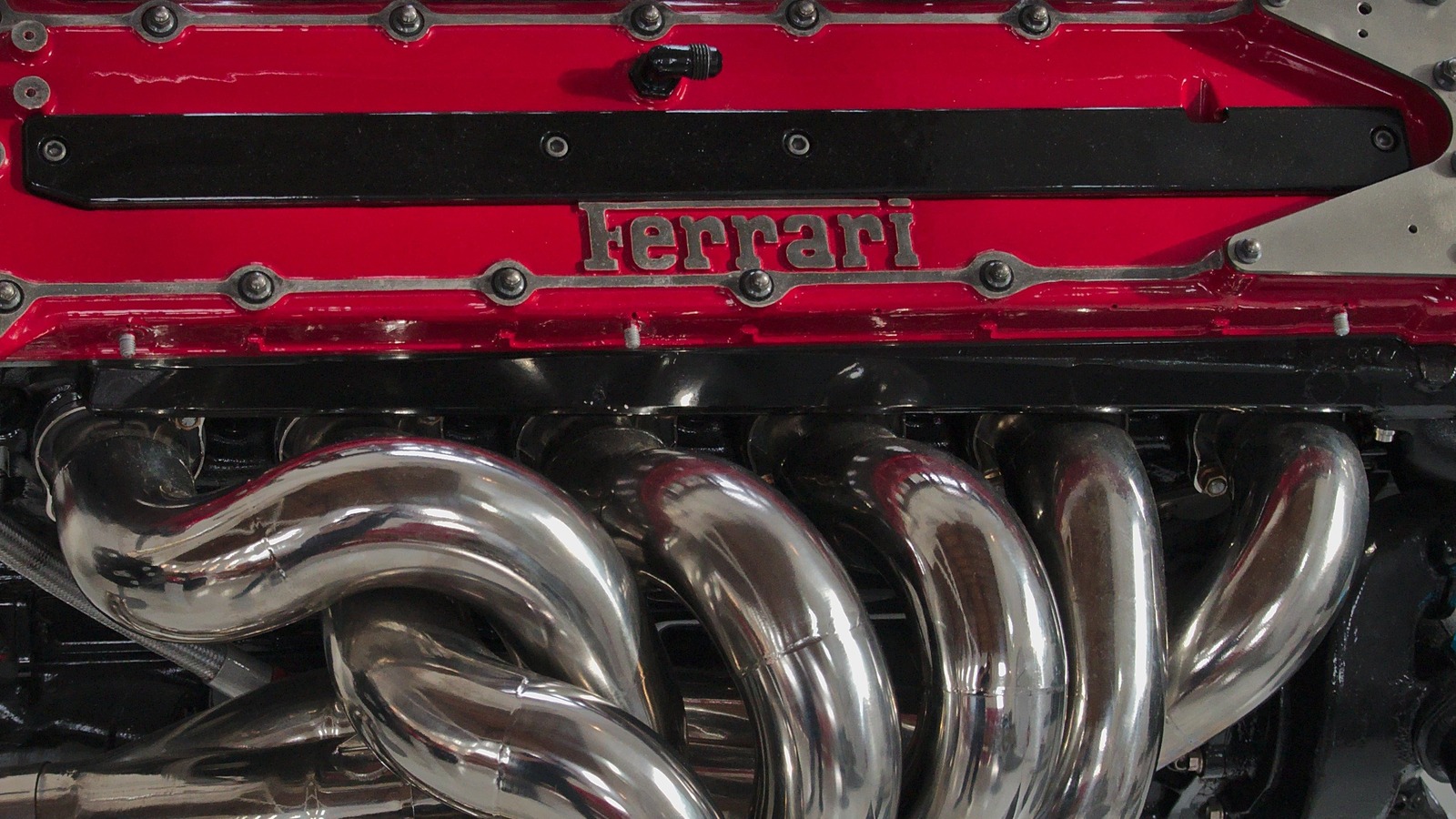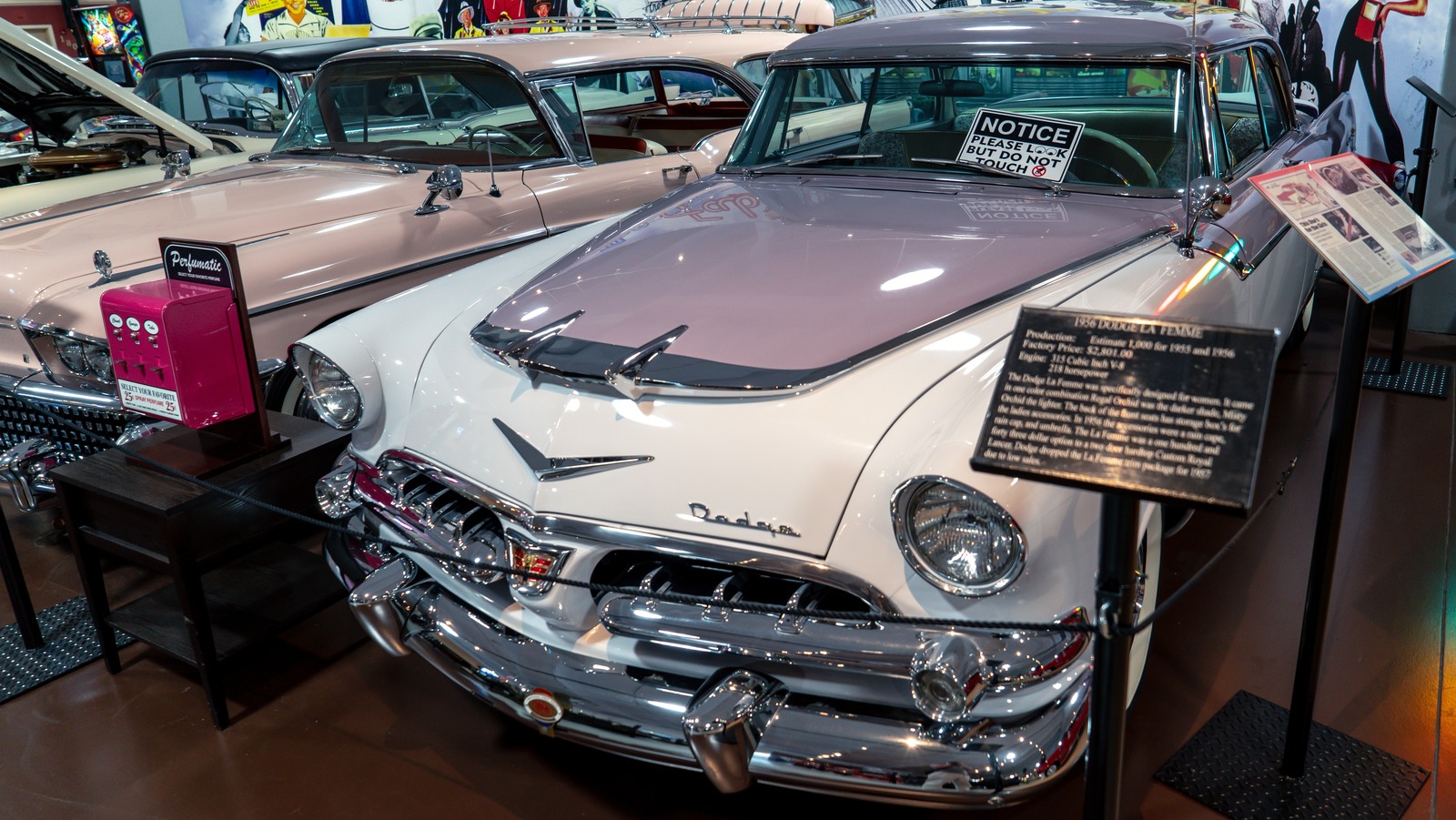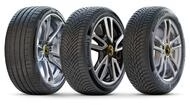Experimental fighter plane so loud it triggered seizures and challenged pilots

AI Tyre Design Revolution How Artificial Intelligence Is Shaping Safer Smarter Treads
 Tyre tread patterns are mostly science plus a little bit of art
Tyre tread patterns are mostly science plus a little bit of art
Like so many other things, tyre design is falling under the influence of AI. The tech is being used to predict the effectiveness of different tread patterns and simulate how they might behave in the real world.
Tyres have come a long way during their evolution, and this is one of those cases where a glimpse back into the past helps put things in perspective.
It’s just over 120 years since the first tread of any kind appeared, and although Dunlop was on the verge of adding simple grooves to its previously smooth tyres, Continental just pipped it (and other tyre makers) to the post.
A Dunlop ad of 1906 read: “This is the NON-SLIPPING DUNLOP TYRE you’ve heard so much about.” But three years earlier a Continental newspaper advert tempted visitors to the German motor show in Frankfurt with: “The 100mm pneumatic tire fits 85 and 90mm rims. The 125mm pneumatic tire fits 120mm rims. Both tyre types are available in smooth and anti-slip versions.”
Back then, the simple ‘anti-slip’ grooves, longitudinal in the case of the German manufacturer and transverse for Dunlop, were cut by hand, but these days tread patterns are a lot more complex.
Some tread patterns may look like a fairly random arrangement of grooves and chunks of rubber, while others are more ordered, but they are all meticulously engineered to serve a purpose and all have similar features and components.
They all have blocks, which are the protruding parts of the tread in contact with the surface, and it’s the sharp edges of these blocks that play a major part in generating grip.
Grooves are the spaces between the blocks, and they channel water away and may be arranged in different directions. Multiple cross-grooves complement the main grooves around the tyre’s circumference.
Ribs are solid circumferential bands giving stability and sharp steering, but perhaps the cleverest features are the sipes, fine slits in the blocks whose role is to improve the flexibility of the tread.
Each sipe creates more edges, which increases grip, while complex three-dimensional sipes in snow tyres trap snow to, surprisingly perhaps, grip packed snow and ice on the road surface (snow sticks very well to snow – think making a snowball or snowman).
This overlooked, 120-year-old technology is fiendishly complex, and it’s why computer-aided design and simulation plays such a big part in improving performance.
Tyre developers come up with the technical structure comprising the elements, then industrial designers create a distinctive pattern – because appearance matters, too.
AI is becoming important because, looking beyond the hype over what it can and can’t do, it is particularly good at analysing vast amounts of data in a level of detail that often wasn’t possible before.
In this case, its use to optimise tread patterns in the virtual world before a test tyre is made should prove invaluable and, hopefully, lead to better performance and grip.
Spirit Airlines Faces Critical Financial Struggles

Formula One Engines Why the Switch from V12s to V6s Still Packs Power

Oldsmobile Buick Pontiac 455 Engines What Sets Them Apart

Car Mods That Can Void Your Warranty What You Need to Know

Radiator Fluid Color Change What It Means for Your Car

Harley Davidson bicycles the forgotten chapter in motorcycle history

Formula 1 Two Chassis Car The Ingenious Design That Challenged Racing Rules

La Femme car proves pink paint and purses are not enough to win women...











